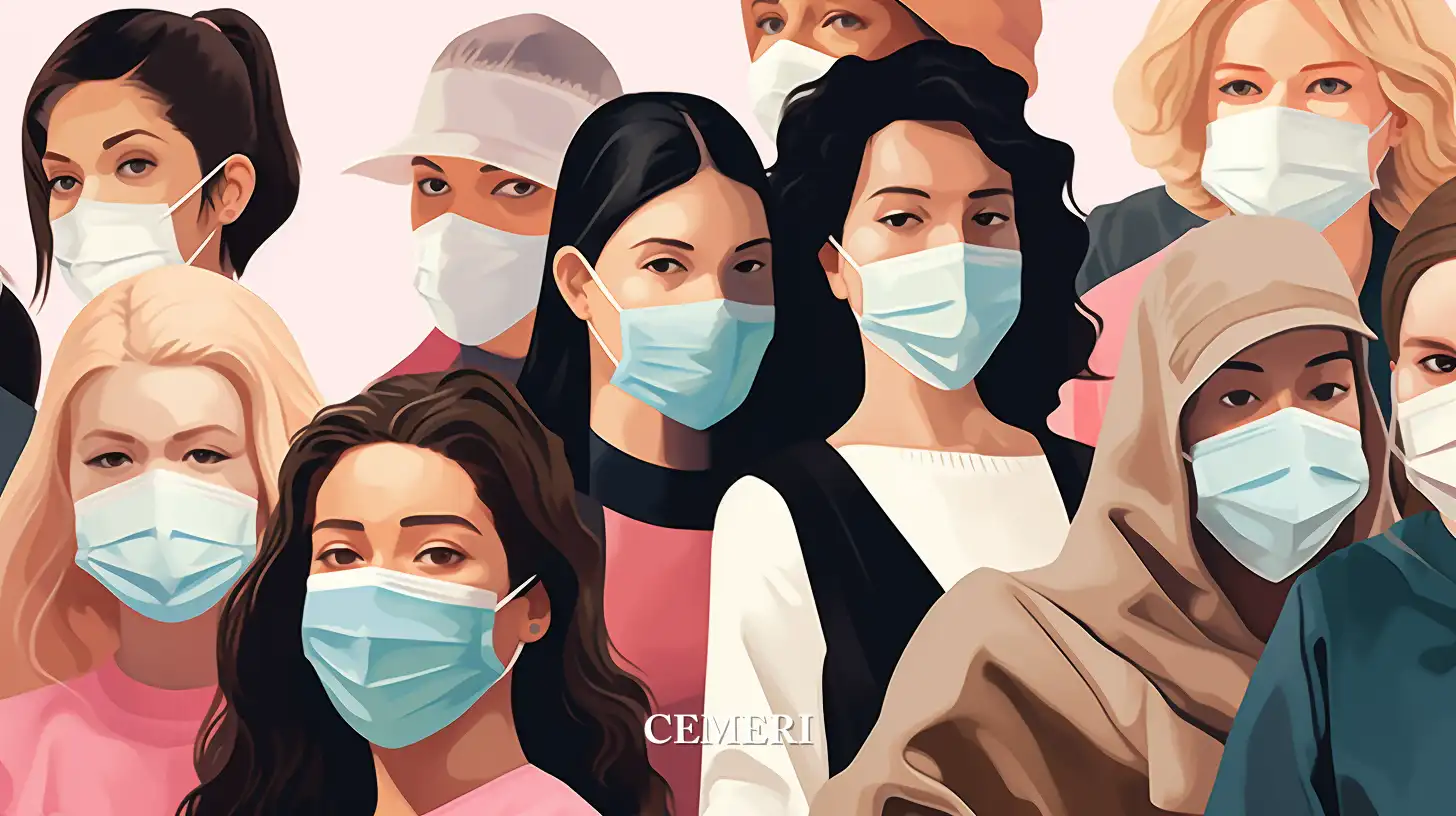
n International Women's Day was commemorated on March 8. That day, hundreds of thousands of women around the world took to the streets to demand equal rights and opportunities, an end to violence against them, justice for the victims, punishment for those guilty of assaults, and respect for their decisions. And no wonder: globally women earn 11 percent less than men ([UN Women](https://www.unwomen.org/es/news/in-focus/international-womens-day?gclid =Cj0KCQiAnKeCBhDPARIsAFDTLTLF2uVGfpn0X_wBOawf9eNQEe_JeSOOEGykg2reJ4yeNcXSSn4W9tsaAlQAEALw_wcB)) -a figure that can exceed 30 percent in some cases and sectors-, around one in three women has suffered physical or sexual violence and 71 percent of the victims trafficked are women and girls (Help in Action).
As if that were not enough, women are underrepresented in governments, parliaments, organizations and political parties. According to the portal Visual Capitalist, the number of female leaders at the head of the national Executive barely reaches 24 of a total of 195 countries. Most of these leaders are in Europe and only two are in the American continent -Barbados and Trinidad and Tobago-. The UN estimates that at this rate it will take humanity more than 100 years to reach gender parity at the level of head of government. Another worrying fact is seen in the formation of cabinets, since only 14 States in the world have joint cabinets, with six European countries, three Latin American and one African appearing in the top ten.
Visual Capitalist.
But how has the COVID-19 pandemic affected women? Since the beginning of the confinement, the aggression against women has intensified. Both attacks and reports of domestic violence increased. The confinement has caused women to remain locked up longer with their aggressors. The increase in complaints in many cases caused the saturation of victim care and protection services, in addition to showing that the services were not designed to respond to the COVID-19 emergency.
Similarly, with the pandemic, inequalities between men and women deepened, with the latter being the most affected in the workplace, mainly domestic and informal workers. According to the Bureau of Labor Statistics in the United States, the number of women who have lost their jobs is almost eight times that of men In Latin America, the situation is no less alarming. In Colombia, six out of ten jobs lost were for women and in Mexico two out of three. In the rest of the region, the percentage of female unemployment is above 50%.
Additionally, the responsibilities of this sector of the population multiplied. It is well known that in patriarchal societies the responsibilities of caring for the family, children, the sick or the elderly tend to fall on women. During confinement and with remote education, teaching children and other tasks at home has been added to the above, without overlooking the fact that many are on the front line as health sector workers, volunteers and scientists.
Despite the historical difficulties that women have had to face, to which are added those imposed by the pandemic, this year the cry for respect, security, freedom, and equal treatment was heard more than ever. It is necessary for governments, leaders and political parties, public institutions, private companies, educational centers and the population in general to recognize the magnitude of the problem and attend to the claim -without opportunism of any kind- so that, together with the main ones affected, we build more fair and free from violence and discrimination.
Sources
NA

